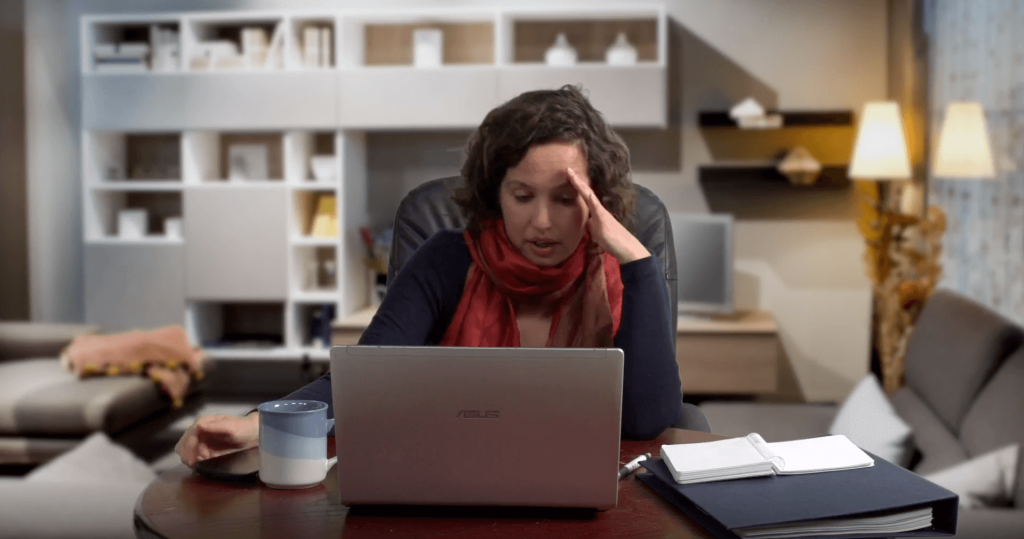Deadlines keep piling up, meetings run long and the emails just keep coming—does this sound familiar? It’s no wonder mental health at work is top of mind these days.
But here’s the truth: wellbeing at work isn’t something that happens by itself. It takes intentional effort.
That’s where the Self-Care Checklist & Plan comes in. Think of it as a to-do list for your mental health. Instead of ticking off work tasks, you’re prioritising actions that make you feel good.
When your team is feeling good, they show up and perform even better. Happier employees = better results.
Keep reading to see how self-care can improve your workplace.
Why self-care is crucial in the workplace
Workplace wellbeing is where you actively create an environment where people feel supported, balanced and motivated. Self-care plays a huge role in that.
When employees actively practice self-care, they’re better equipped to manage stress, avoid burnout and stay engaged.
For employers, this means fewer sick days, higher productivity and stronger team dynamics. Encouraging self-care isn’t just a personal benefit—it’s an investment in your organisation’s success.
How the Self-Care Checklist supports workplace wellbeing
The Self-Care Checklist & Plan is a tool that empowers employees to take ownership of their health. It’s straightforward, practical and fits into busy schedules.
Here’s how it works:
1. Encourage reflection
Employees start by looking at their current habits. Are they taking breaks? Staying hydrated? Managing their workload? Reflection is key to understanding what’s working and what’s not.
2. Promote actionable steps
The checklist breaks down self-care into simple, achievable actions. Whether it’s setting boundaries after work, going for a walk during lunch or connecting with a colleague, these small steps make a big difference.
3. Build healthy habits:
By using the checklist regularly, employees develop sustainable habits that improve their mental, emotional and physical wellbeing over time.
4. Reinforce a culture of care
When leaders introduce tools like the Self-Care Checklist, they send a clear message: mental health matters here. This helps normalise self-care and encourages open conversations about wellbeing.

Building a culture of care
For workplaces to truly improve their employee’s mental health, they need to look at their culture. Leaders play a critical role in setting the tone for workplace wellbeing.
Here’s how to foster a culture of care:
1. Lead by example
Show your team that self-care is a priority by taking breaks, setting boundaries and sharing your own wellbeing practices.
2. Make tools accessible
Introduce resources like the Self-Care Checklist during team meetings or wellness initiatives.
3. Celebrate progress
Encourage employees to share their self-care wins, whether it’s as simple as going for a walk at lunch or trying out a new habit.
When self-care becomes part of your workplace DNA, it creates a ripple effect. Employees feel valued, teams become more connected and the entire organisation benefits.

Ready to prioritise workplace wellbeing?
At Mind Blank, we believe that creating healthier workplaces begins with empowering individuals to look after their mental health.
The Self-Care Checklist & Plan is a practical tool to help your team develop habits that support their overall wellbeing.
Download the Self-Care Checklist & Plan and take the first step toward building a stronger, more supportive team. When your people feel their best, your workplace can achieve its best too.






